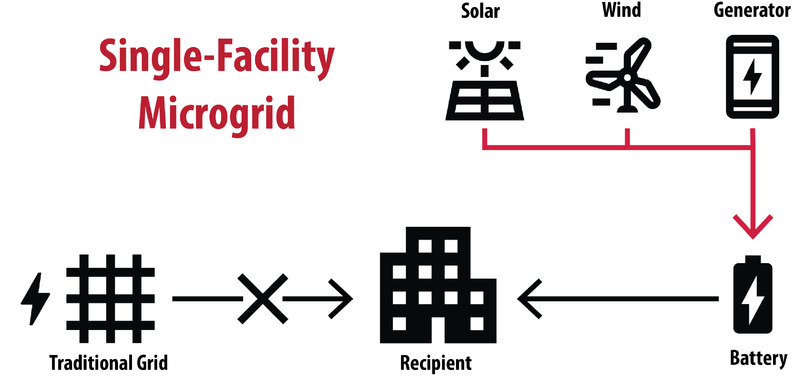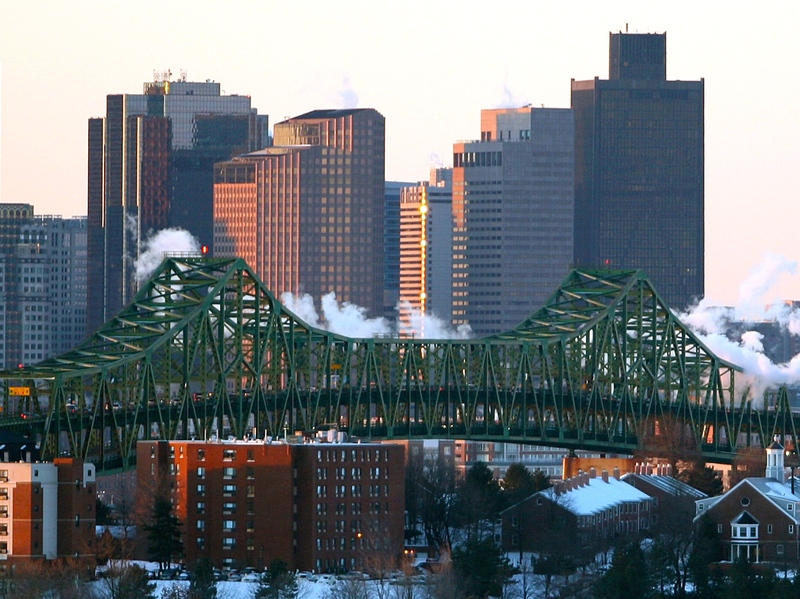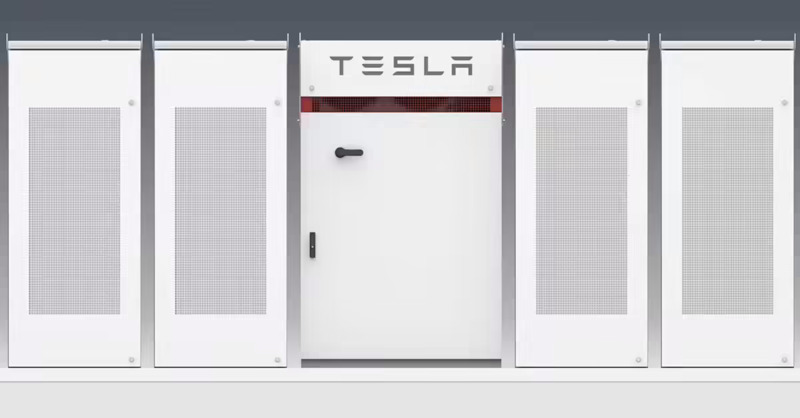Smart City Option: Microgrids
Microgrids
A microgrid is a local energy grid with control capacity. This means that the grid has the ability to disconnect from the traditional grid and operate autonomously. When a microgrid operates separately from the traditional grid, it is functioning as an island. Most commonly, microgrids are used in small scale applications, usually only providing energy to a singular entity like a single-family home or a critical facility such as a hospital.
In-Case of Emergency
Microgrids can provide resiliency and independence to the facilities that make use of them. In the event of an emergency where the traditional grid may be disrupted, the microgrid seamlessly transitions to functioning as an island and provides energy from self-generated sources. Many microgrids make use of renewable energy and photovoltaic panels to ensure indefinite energy flow while operating as an island.
Normal Operations
When a microgrid is operating in tandem with the traditional energy gird, it can reduce the cost and environmental impact of the building that it serves. Most traditional grids use non-renewable resources to generate electricity, therefore a microgrid can offset that consumption with renewable energy sources. The microgrid can operate at any scale to suit any purpose.
Microgrids at the Community Scale
Microgrids have conventionally been used at the individual scale to provide savings and independence to one household or facility at a time. As people have begun to think in the context of smart cities, there is an increased interest in the resiliency of cities’ power grids. While one solution to make cities more resilient could be individual microgrids for each building, a more holistic and efficient approach is a microgrid that is able to serve the entire community together.
Community Resiliency
The idea is that buildings within the city would each implement sustainable solutions to generate power locally, and during normal operations that power would offset power consumption from the traditional grid on an individual level. In the case of an emergency where the power grid wasn’t available, non-essential buildings would divert their energy generation to essential services within the city to ensure that the city can sustain itself as long as is necessary until the traditional grid is back up and running.
Case Studies
Chelsea, MA
A city that has promised to create a "microgrid without borders" that will foucus on equity and sustianability while also providing the community with power grid resiliency and independence.
The city of Chelsea is going to implement their microgrid incrementally. The first building to be connected to the microgrid will be City Hall. Chelsea City Hall houses a 911 call center and police station. The essential building acts as a command center in cases of emergency. The microgid will expand to other bulidings as funding and resources become available. The grid will make use of a large bank of batteries as well as solar panels and generators that run on biodeisel or bio-derived methane.
Direct Relief
Direct Relief has partnered with Tesla to create a microgrid that will ensure the safe and secure storage of life saving medicines like insulin. The direct releif warehouse can then distribute these medications as during crisis to those who are in need.
Tesla Powerpack
Tesla powerpack is a scalable, commercial-scale battery storage solution that can be used to store electricity to be dispatched at a later time.
The Tesla power wall is a residential energy storage solution and is one of the most popular home energy storage options available.
Application in Muncie
Each city is unique and therefore each city would have a unique microgrid but some good starting points for Muncie include incremental growth, an emphasis on justice, and policy geared towards sustainability. I imagine that if Muncie were to begin building a city-wide microgrid it would be a slow, steady process that would start with essential public buildings similarly to Chelsea. While Muncie may not experience the same severe weather as Massachusetts, tornadoes and winter storms continue to pose a threat to the power grid each year and therefore Muncie could greatly benefit from increased sustainability and resilience.




